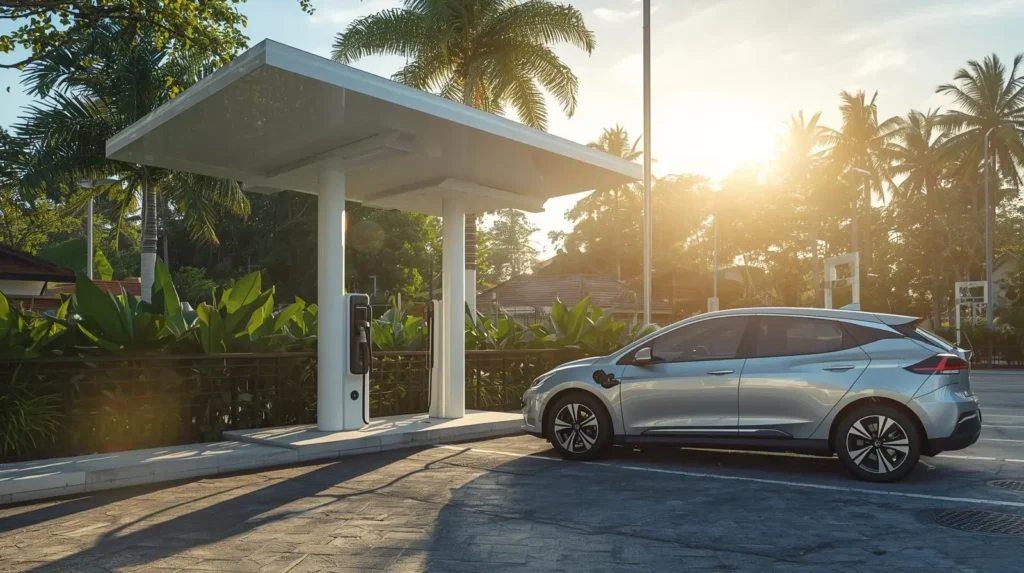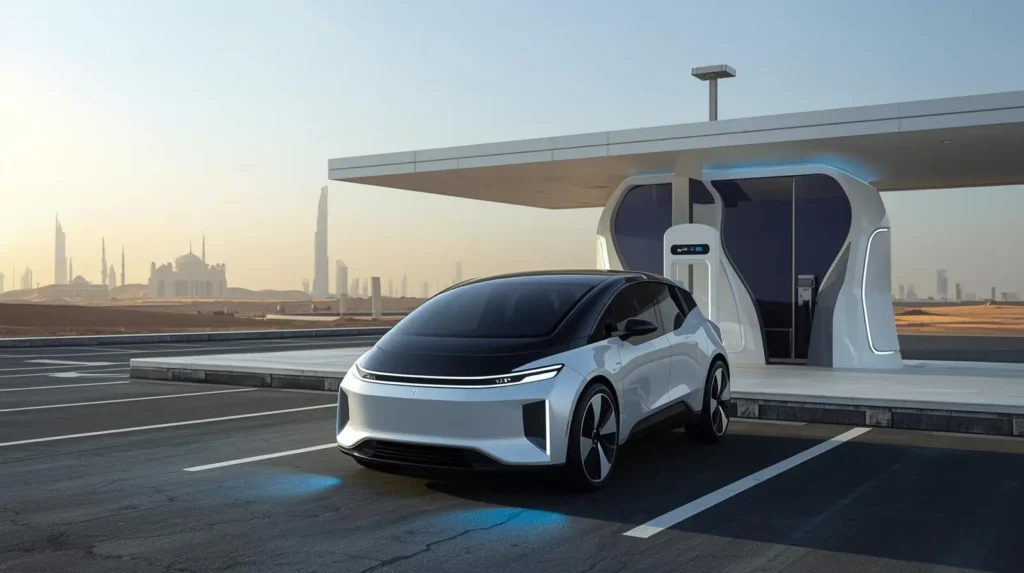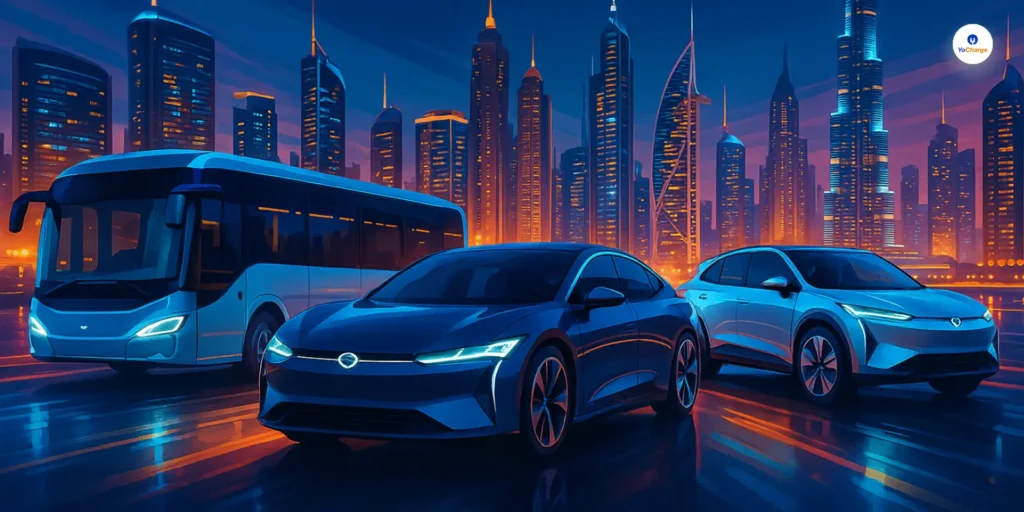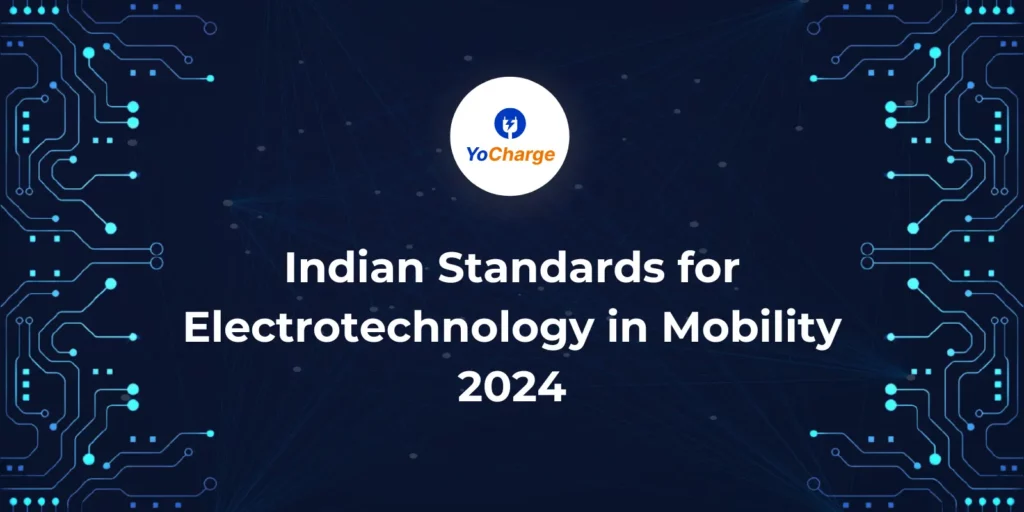
As countries strive to reduce their carbon footprint, electric vehicles (EVs) are becoming increasingly popular. In India, standards have been set to ensure the safety and reliability of electric mobility. The Indian Standards for Electrotechnology in Mobility cover everything from EVs to charging infrastructure, safety measures, and performance criteria. These standards, established by organizations like the Bureau of Indian Standards (BIS), are essential for the country’s transition to sustainable transportation.
Importance of Indian Standards for electrotechnology in Green Mobility:
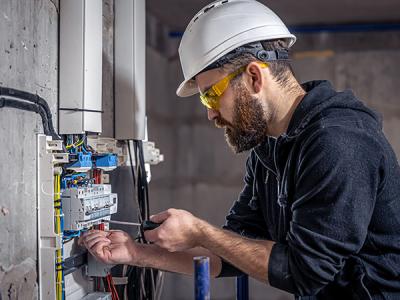
Adhering to these standards is vital for promoting green mobility. They ensure the safety of EV users and the public by setting strict guidelines for battery design, electrical components, and vehicle construction.
Moreover, these standards encourage innovation in the Indian mobility sector. By providing clear rules for product development and performance evaluation, they spur efforts to improve the efficiency and sustainability of EVs and related infrastructure.
Additionally, following Indian Standards builds trust in the market and makes it easier to integrate EVs into transportation networks. Standardized charging protocols and infrastructure requirements simplify the deployment of EVs and speed up their adoption.
Indian Standards for Electrotechnology in Mobility
| S.No | IS No. | Title |
|---|---|---|
| 1. | IS/ISO 15118-1 : 2013 | Road vehicles – Vehicle to grid communication interface Part 1 general information and use – Case definition |
| 2. | IS/ISO 15118-2 : 2014 | Road vehicles – Vehicle – To – Grid communication interface Part 2 network and application protocol requirements |
| 3. | IS/ISO 15118-3 : 2015 | Road vehicles – Vehicle to grid communication interface Part 3 physical and data link layer requirements |
| 4. | IS/ISO 15118-4 : 2019 | Road vehicles – Vehicle to grid communication interface Part 4 network and application protocol conformance test |
| 5. | IS/ISO 15118-5 : 2018 | Road vehicles – Vehicle to grid communication interface Part 5 physical layer and data link layer conformance test |
| 6. | IS/ISO 15118-8 : 2020 | Road Vehicles — Vehicle to Grid Communication Interface Part 8 Physical Layer and Data Link Layer Requirements for Wireless Communication First Revision |
| 7. | IS 17017 (Part 1) : 2018 | Electric Vehicle Conductive Charging System Part 1 General Requirements |
| 8. | IS 17017 (Part 2/ Sec 1) : 2020 | Electric Vehicle Conductive Charging System Part 2 Plugs Socket-Outlets Vehicle Connectors and Vehicle Inlets Section 1 General requirements |
| 9. | IS 17017 (Part 2/ Sec 2) : 2020 | Electric Vehicle Conductive Charging System Part 2 Plugs Socket Outlets Vehicle Connectors and Vehicle Inlets Section 2 Dimensional compatibility and interchangeability requirements for a c pin and contact-tube accessories |
| 10. | IS 17017 (Part 2/ Sec 3) : 2020 | Electric Vehicle Conductive Charging System Part 2 Plugs Socket Outlets Vehicle Connectors and Vehicle Inlets Section 3 Dimensional compatibility and interchangeability requirements for DC and AC DC pin and contact-tube vehicle couplers |
| 11. | IS 17017 (Part 2/ Sec 6) : 2021 | Electric Vehicle Conductive Charging System Part 2 Plugs Socket Outlets Vehicle Connectors and Vehicle Inlets Section 6 Dimensional compatibility requirements for DC pin and contact t |
| 12. | IS 17017 (Part 2/ Sec 7) : 2023 | Electric Vehicle Conductive Charging System Part 2 Plugs Socket Outlets Vehicle Connectors and Vehicle Inlets Section 7 Dimensional compatibility and interchangeability requirements for AC |
| 13. | IS 17017 (Part 21/ Sec 1) : 2019 IEC 61851-21- 1:2017 | Electric Vehicle Conductive Charging System Part 21 Electromagnetic Compatibility EMC Requirements Section 1 On-board chargers |
| 14. | IS 17017 (Part 21/ Sec 2) : 2019 IEC 61851-21- 2:2018 | Electric Vehicle Conductive Charging System Part 21 Electromagnetic Compatibility EMC Requirements Section 2 Off-board chargers |
| 15. | IS 17017 (Part 22/ Sec 1) : 2021 | Electric Vehicle Conductive Charging Systems Part 22 AC Charging Configurations Section 1 – AC Charge Point for Light Electric Vehicle |
| 16. | IS 17017 (Part 23) : 2021 | Electric Vehicle Conductive Charging Systems Part 23 dc Electric Vehicle Supply Equipment |
| 17. | IS 17017 (Part 24) : 2021 | Electric Vehicle Conductive Charging System Part 24 Digital Communication between a DC Electric Vehicle Supply Equipment and an Electric Vehicle for control of DC Charging |
| 18. | IS 17017 (Part 25) : 2021 | ELECTRIC VEHICLE CONDUCTIVE CHARGING SYSTEM Part 25 DC EV supply equipment where protection relies on electrical separation |
| 19. | IS 17896 (Part 1) : 2022 IEC TS 62840- 1:2016 | Electric vehicle battery swap system – Part 1 General and Guidance |
| 20. | IS 17896 (Part 2) : 2022 | Electric vehicle battery swap system – Part 2 Safety requirements |
Current EV Charging Standards in India:
| EV Charger | Output Type | Power Output | Input Voltage | No. of Guns | Socket Type | Compatible with EV |
|---|---|---|---|---|---|---|
| LEV AC | AC charger | 3.3 KW | 230 V AC, Single Phase, 50 Hz | 1 | IS-60309 | 2W, 3W, legacy/first era 4W (Tata Tigor, Mahindra e-Verito, Mahindra e20) and advanced 4W models (using portable charger provided by OEMs). |
| Bharat AC001 | AC charger | 3*3.3 KW | 415V, three phase AC | 3 | IS-60309 | 2W, 3W, legacy/first era 4W and advanced 4W models (using portable charger provided by OEMs) |
| Type 2 AC | AC charger | 7.4 and 22KW | 7.4 KW – 230V, single phase AC & 22 KW – 415V, three phase AC | 1 | IS-17017-2-2 | Capable of charging legacy 4W as well as most of the existing and future EV models |
| Bharat DC 001 | DC charger | 10KW/15KW | 415V, three phase AC | 1 or 2 | GB/ T 20234.3 | Capable of charging Tata Tigor EV, Mahindra e-Verito, small buses and vans |
| CCS | DC charger | 25-150KW | 415V, three phase AC | 1 | IS-17017-2-3, Configuration FF | Tata Nexon, Hyundai Kona, MG ZS EV Used by several manufacturers – Hyundai, Kia, BMW, Audi, Mercedes, MG, Jaguar, Mini, Peugeot, Vauxhall / Opel, Citroen, Nissan, and VW Vehicles with CCS connectors can be charged using Type 2 AC connectors as well |
| CHAdeMO | DC charger | 25-150KW | 415V, three phase AC | 1 | IS-17017-2-3, | Used by Japanese car manufacturers |
Conclusion
The Indian Standards for Electrotechnology in Mobility are crucial for India’s shift toward cleaner transportation. By promoting safety, innovation, and interoperability, these standards help combat climate change, reduce pollution, and enhance energy security. As India continues to embrace greener transportation, these standards will play a central role in its journey towards sustainability.
